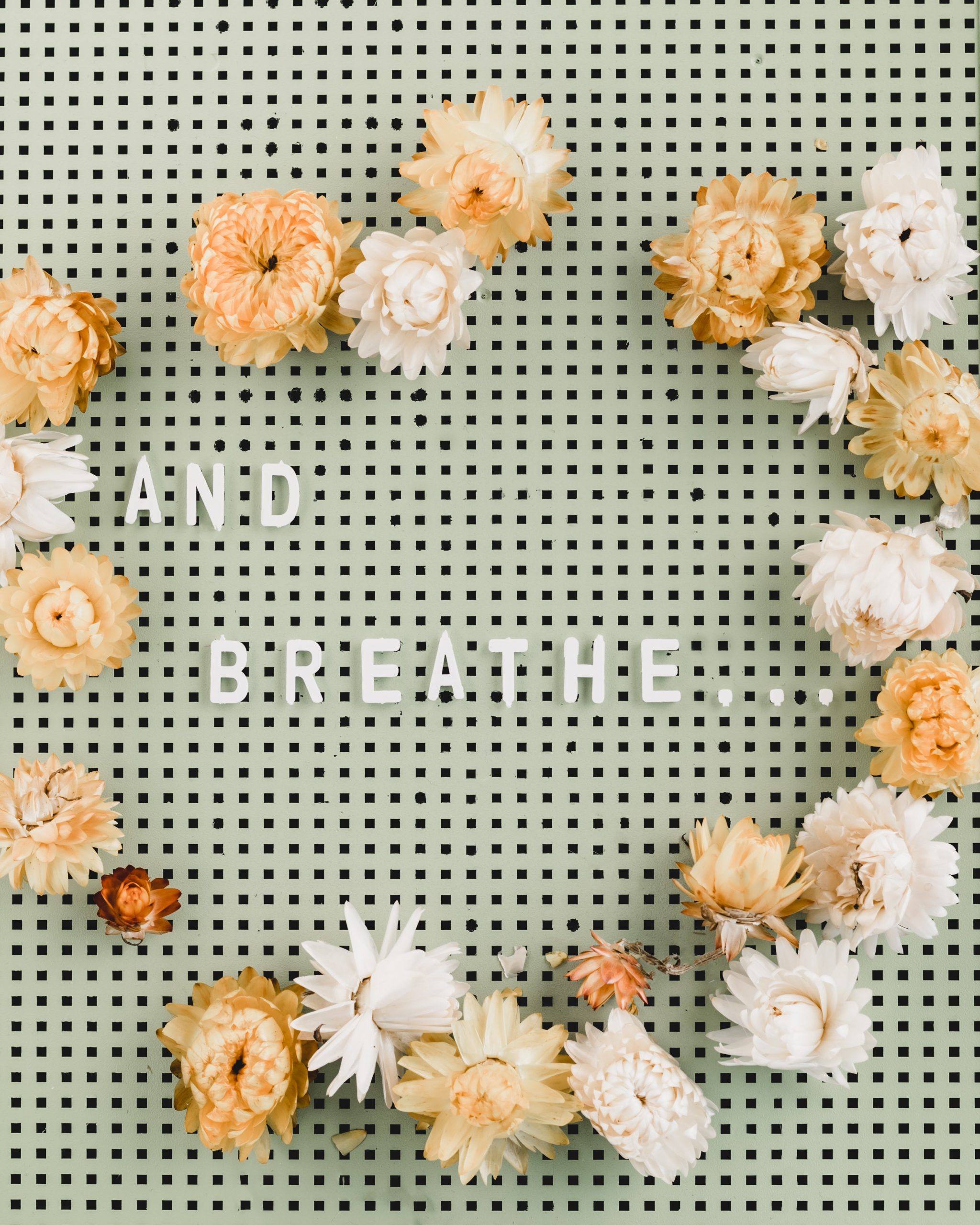Mindfulness is a concept that is old and yet so novel. We all know what it means and are still so equivocal about it. Isn’t it?
The history of mindfulness dates back to 2,500 years and originates from ancient Eastern and Buddhist philosophy. Mindfulness has become as a popular practice in the past decade both in psychotherapy literature and popular press.
How many of us find ourselves living in the past or constantly thinking about what’s to come? Do you find yourself constantly caught up in your thoughts without really savouring the present moment? If the answer is yes, you are living your life in auto pilot mode, carrying out tasks quickly and accurately but without conscious awareness and thought.
So, what is mindfulness?
In simple words mindfulness is being in the present moment with complete awareness. It is about noticing what happens moment to moment, the easy and the difficult, and the painful and the joyful. It is about building muscle to be present and awake in your life. In the words of Suzanne Westbrook, ‘Mindfulness teaches you the skill of paying attention to the present by noticing when your mind wanders off. Come back to your breath. It’s a place where we can rest and settle our minds.’
Mindfulness entails self-regulation practices that focus on training attention and awareness to bring mental processes under greater voluntary control and thereby foster general mental well-being and development and/or specific capacities such as calmness, clarity, and concentration (Walsh & Shapiro, 2006).

Often, people view mindfulness as the end goal rather than something that can be practised daily as you go about your daily life. For many, mindfulness is limited to meditation and breathing exercises. However, mindfulness can also be practiced by being mindful in your daily activities such as washing the dishes, cleaning, driving, cooking or walking. Any activity done with complete awareness and focus without thinking of the past or the future is mindfulness.
Several studies have proven that mindfulness is effective in reducing rumination, (Chamber et. All 2008), it helps reduce anxiety, stress and increases positive affect (Farb et al., 2010; Williams, 2010).
Improvements to working memory is another benefit of mindfulness (Jha et. Al). Studies also suggest an increase in attention and focus with mindfulness practices. Additionally, there is less emotional reactivity and increased cognitive flexibility as people develop the skill of self-observation.
The TBS Model (Primary School)
It is believed that when an idea is reinforced continuously and consistently, it becomes a part of regular routine and a part of your life, and your awareness for the same also increases. Here at TBS, we have adopted the practice of mindfulness as a part of the wellbeing initiatives for students and staff. A few minutes of mindfulness practice is facilitated by teachers daily in their classrooms. Additionally, mindfulness is also integrated in mainstream academic lessons and activities are named Mindful Art, Mindful Maths etc.

Our students have benefited tremendously from this year-long initiative of practising mindfulness at school. They shared that they can focus better and are able to use some of the exercises as a coping mechanism when dealing with difficult emotions. For many, it acts as a grounding tool to deal with situations. Many others have been able to benefit from it in ways that has left a positive impact on their behaviour, emotional state and holistic wellbeing.
Mindfulness is just not an end goal, but a constant way of being. With practice and conscious effort, one can live a mindful life and empower themselves by developing clarity in thoughts, awareness of sensations and their human existence. That is our aim for our students in the near future too.
Below are a few activities that you could practice and start your journey of mindful living.
| Mindful breathing | Place your right hand on your heart and the left hand on your belly, take deep breaths and feel your belly going up and down. |
| Walking mindfully | Whenever possible, be aware of how you are walking. Walk as if your feet were kissing the ground. |
| Body scanning | Scan through each and every part of your body. Take your attention to different parts of the body starting from the toes, feet, legs and slowly move all the way up to the top of your head. |
| Mindful gratitude exercise | Notice how you say thank you and build your capacity for gratitude. Pause before saying thanks, try to name what you feel grateful for, and then say thank you. |
| Stop | Stop what you are doing Take a few deep breaths Observe your body sensations Proceed with the day |
| Glad | Acronym for Grateful, Learning, Accomplishment and Delight. At the end of the day, think of what you are grateful for, anything you learned, anything small you accomplished and anything you found that gave you a sense of delight in a day. Try and practice at least once every day and see the difference it brings about in your life. We are sure that it will not just relax your mind but also elevate your mood. |


